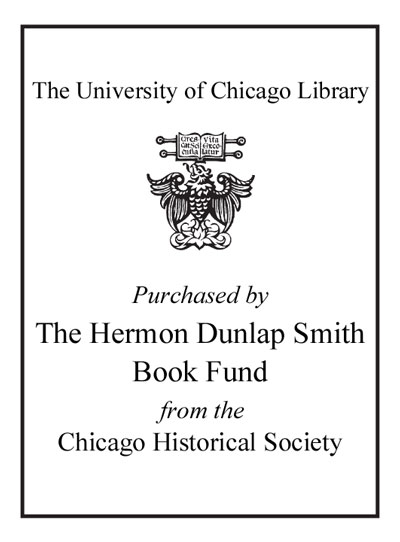Review by Choice Review
Hinojosa's well-written, well-researched ethnography of bonesetting among Guatemalan Maya, illustrated by the author's father, urges public health authorities to value these manual healers alongside midwives and herbalists. Two long chapters (this reviewer would prefer more shorter chapters) describe different bonesetting techniques: one approach is more empirical; the other claims a sacred/supernatural source of efficacy. As Hinojosa (Univ. of Texas, Rio Grande Valley) details, most bonesetters find ways to respond to changing modernities, e.g., by incorporating widely popular X-rays. He further documents how rapid social changes create even more need for bonesetters, writing that "Mayas in Guatemala live, work, and travel in spaces where carrying heavy loads, walking on slippery surfaces, and riding high-speed vehicles threaten them with injury on a daily basis" because they are an "economically disfavored" community (p. 178). A reality for many Mayas is that they seek medical attention when they are disabled, not merely unwell, and "healing" might lead to chronic pain or deformity. In this fraught-with-injury landscape that has few medical resources and a desperate need for workers, able-bodied or not, bonesetters provide invaluable support, helping injured neighbors "get back on their feet." Summing Up: Recommended. All levels. --Abigail Elizabeth Adams, Central Connecticut State University
Copyright American Library Association, used with permission.
Review by Choice Review

